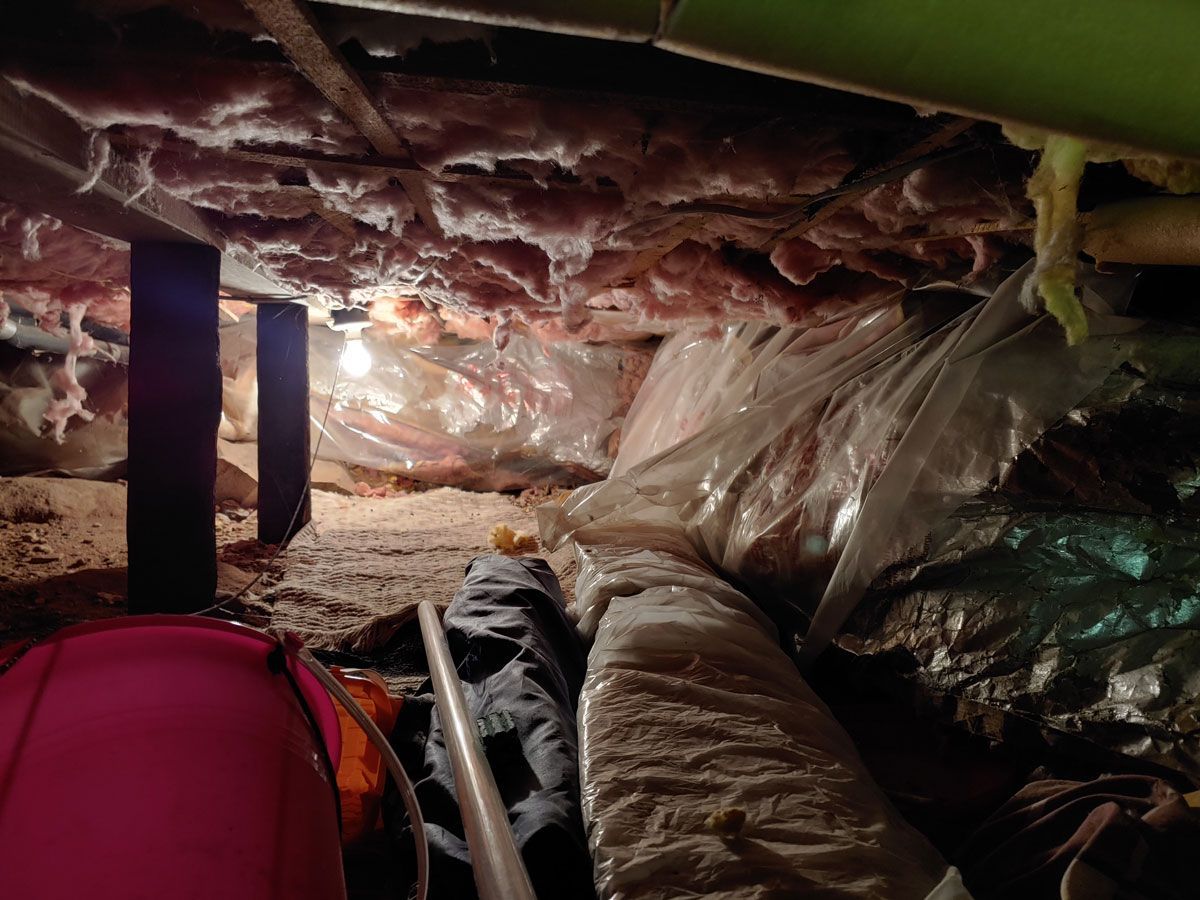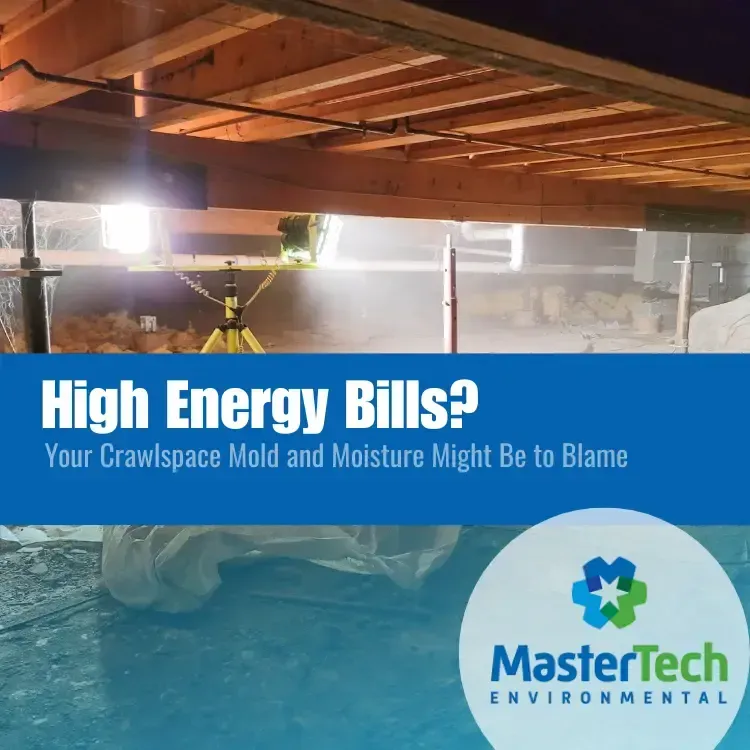Does Attic Mold Go Away on Its Own?
Understanding the Risks and Solutions

Attic mold is a common problem for many homeowners, but the question remains, can it go away on its own? The answer is no; attic mold does not go away on its own and can pose a significant health risk if left unaddressed. We can provide the best attic mold remediation Myrtle Beach offers.
What is Attic Mold?
Attic mold is a type of fungus that grows in moist, damp environments. It can appear as black, green, or white spots on your attic's walls, ceilings, and floor. Attic mold thrives in areas with high humidity and can quickly spread, causing significant damage to your home and posing a health risk to you and your family.
Why is Attic Mold Dangerous?
Attic mold releases allergens and toxins into the air, which can cause respiratory problems and other health issues. In some cases, exposure to attic mold can also trigger allergies and asthma. Additionally, attic mold can cause structural damage to your home, compromising the safety and stability of your roof, walls, and foundation.
Can Attic Mold Go Away on Its Own?
Unfortunately, attic mold does not go away on its own and will only continue to spread and cause damage if left unaddressed. To effectively remove attic mold, homeowners must take a proactive approach and implement preventative measures to control mold growth.
How to Prevent and Remove Attic Mold
The first step in preventing and removing attic mold is to address the root cause of the problem. This typically involves improving ventilation, reducing humidity levels, and fixing any leaks or sources of water damage in the attic.
Homeowners can also take steps to remove mold, including:
1. Ventilating the attic: Proper ventilation is key to preventing and removing attic mold. This involves installing vents on the roof or gables or using fans to improve airflow in the attic.
2. Cleaning and removing mold: Attic mold can be cleaned with a mixture of water and vinegar or using a commercial mold cleaner. It is important to wear protective gear when cleaning mold to avoid exposure.
3. Sealing surfaces: Surfaces in the attic that have been affected by mold should be sealed to prevent the spread of mold spores.
4. Hiring a professional: In some cases, it may be necessary to remove attic mold, especially if the mold is extensive or the homeowner has a history of respiratory problems. We can offer the best mold remediation and mold inspection Myrtle Beach has.
Atticttic mold does not go away on its own and can pose a significant health risk if left unaddressed. Homeowners must take a proactive approach to prevent and remove attic mold to ensure the safety and longevity of their homes. If you suspect attic mold in your home, take action today to address the issue and protect your family's health.



